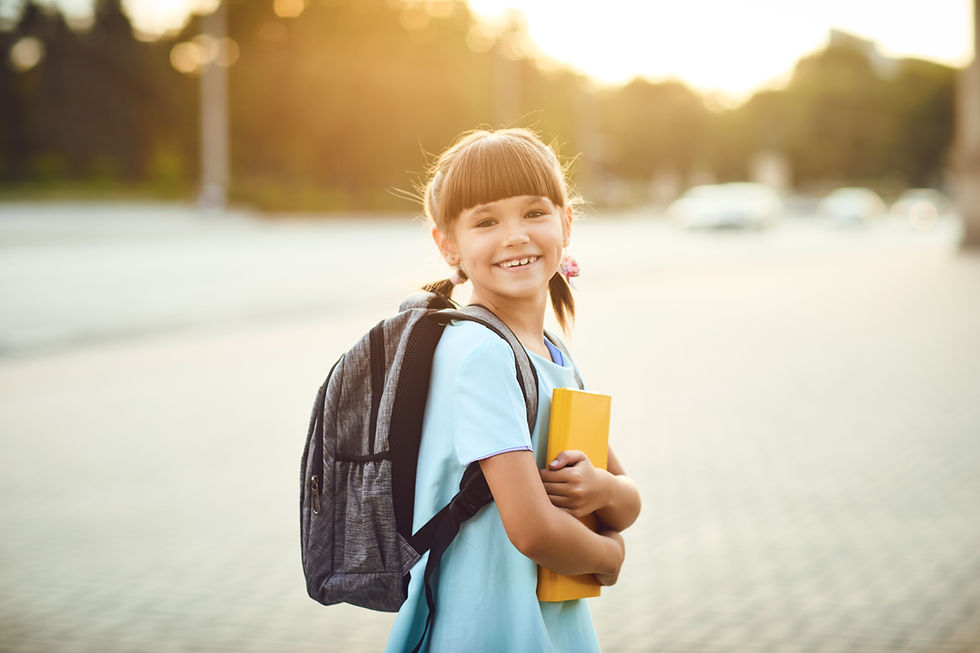Speech & Language Milestones: Birth to 5 Years
- Alison Wimmer

- Oct 2
- 2 min read

Birth to 5 Months
Responds to loud sounds and turns toward voices or noise
Watches faces closely when spoken to and begins to engage visually
Makes cooing sounds and vocalizes joy or displeasure (laughing, crying, fussing)
Reacts with sounds when someone talks, showing early communication interest
6 – 11 Months
Begins to understand simple words like “no”
Babbles with repeated syllables such as “ba-ba-ba” or “ma-ma-ma”
Uses gestures or actions to communicate wants or needs
Attempts to imitate familiar sounds they hear
12 – 17 Months
Pays attention to toys or books for about two minutes
Follows simple instructions when paired with gestures
Answers basic questions with nonverbal responses
Points to objects, pictures, or familiar people
Uses a few words to name people or objects, even if pronunciation isn’t clear
Tries to mimic new words
18 – 23 Months
Enjoys being read to and listens attentively
Understands and follows simple spoken directions without needing gestures
Points to basic body parts like “nose” or “ears”
Understands simple action words like “eat” or “sleep”
Pronounces most vowels and early consonants (n, m, p, h), and begins adding others
Uses 8–10 words and asks for common items by name
Makes animal sounds like “moo”
Starts combining two words (“more milk”) and using simple pronouns (“mine”)
2 – 3 Years
Knows about 50 words by age 2 and uses descriptive words like “big” or “happy”
Understands basic spatial concepts such as “in” and “on”
Uses pronouns like “you,” “me,” and “her”
Begins forming two- to three-word phrases and asking simple questions (“My ball?”)
Uses plurals (“shoes”) and simple past tense (“jumped”)
Speech becomes more accurate, though some sounds may still be missing
Answers basic questions, but strangers may not understand everything yet
3 – 4 Years
Groups items into categories (e.g., foods, clothes) and names colors
Uses most speech sounds, though harder sounds (l, r, s, sh, ch, th, etc.) may still be developing
Produces consonants in the beginning, middle, and end of words
Can describe how objects are used (“A fork is for eating”)
Expresses ideas and feelings and enjoys playful language like rhymes or jokes
Uses “-ing” verbs (“walking,” “talking”) and answers simple “what” or “why” questions
Strangers understand most of what the child says
4 – 5 Years
Understands spatial words like “behind” and “next to” and follows more complex questions
Speaks clearly, though long or complicated words may still be tricky
Uses 200–300 different words and irregular past tense verbs (“ran,” “fell”)
Explains how to do tasks (“how to paint a picture”)
Defines simple words and groups items into categories (“animals,” “vehicles”)
Asks and answers “why” questions
5 Years
Understands over 2,000 words and basic time concepts (“first,” “next,” “last”)
Follows three-step directions and recognizes rhyming words
Holds conversations with sentences of 8 or more words
Uses compound and complex sentences to describe ideas and objects
Tells imaginative stories and communicates clearly with others




Comments